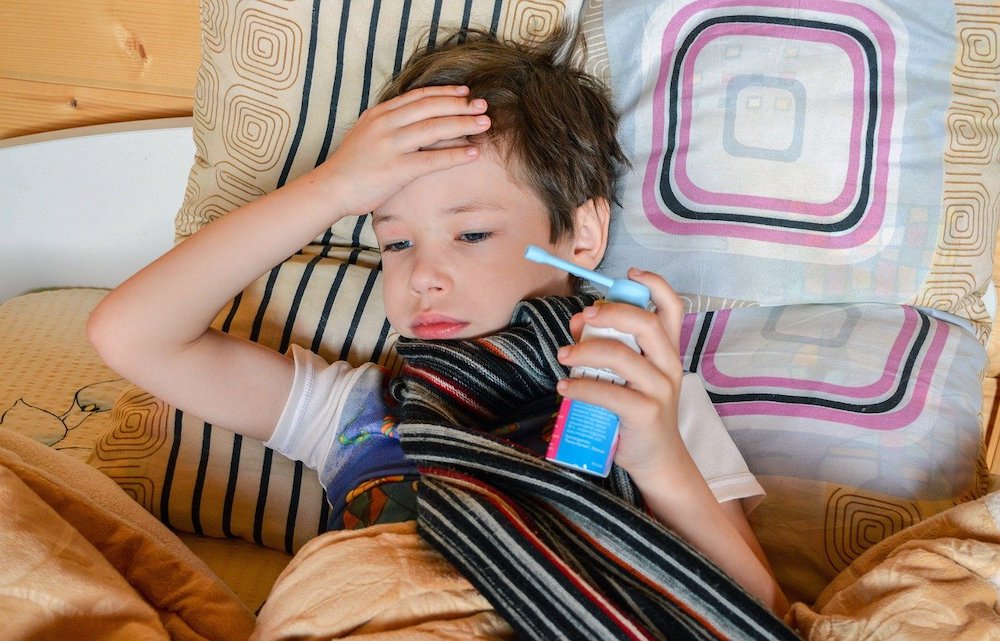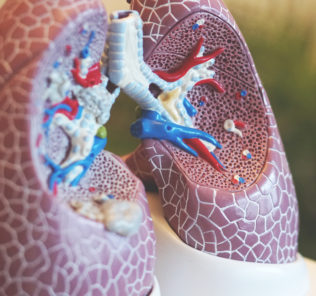Pediatric Asthma Scenario Part II + Downloadable Scenario Guide
This article, which includes a downloadable scenario guide, is the second part of a healthcare simulation scenario based on a pediatric asthma patient. The first article included a downloadable electronic Excel health record with multiple documents, including physician’s orders and a medication administration record. The medical simulation scenario involves a seven-year-old boy with a three-day history of low-grade fever lasting three days, productive cough with yellowish/green sputum and intermittent audible wheezing lasting for a day. One or both parents can be at the bedside. The orders include albuterol via HHN for dyspnea. At the change of shift report, the patient was stable but began to deteriorate after five minutes. Part 1 of this series is available here: Pediatric Asthma (RAD) Healthcare Simulation Scenario.
As with any scenario development, the learning objectives and scenario content should relate to some identified practice gap or learning need. The details and timeline for the scenario should be carefully aligned with the learner’s existing knowledge, skills and experience. Established standards of care should be used as the foundation for the scenario.
Scenarios should be routinely checked against the current practice to ensure they are up to date. Remember textbooks are likely out of date when they are printed. A basic scenario for an introductory pediatric class might focus on patient safety including safe medication administration and patient/family-centered care.
Sponsored Content:
The scenario might include the following learning objectives:
- Demonstrate assessment skills appropriate/essential for the pediatric patient with a diagnosis of Asthma/Pneumonia.
- Identify patient health problems and effectively prioritize nursing actions.
- Demonstrate medication administration competency.
- Demonstrate competency in performing respiratory nursing interventions, including oxygen administration.
- Demonstrate appropriate teaching for the pediatric asthmatic patient.
- Communicate patient data to physicians or other healthcare professionals using SBAR.
- Maintain a family-centered plan of care.
Options: Learning objectives can be added that change the complexity of the scenario. Initially, the learner’s interventions should address the patient’s deteriorating condition. Assessment, analysis, diagnoses should be included. The patient’s condition can either improve or deteriorate. Again, objectives should match the learner’s current knowledge and skills. Remember to limit the number of objectives.
Too many objectives will make the scenario too complicated and too time-consuming. The time allotted for the scenario will also affect the number of learning objectives that can realistically be met. Remember also that healthcare simulation offers an experiential learning experience where the learner’s own behaviors lead them to identify what went well and what did not. Run through the scenario with faculty and/or volunteer learners to see how the scenario flows and to identify any problems.
Learning objectives may easily be changed. For example:
Sponsored Content:
- The patient’s condition can deteriorate rapidly, requiring additional support. Here the focus may be on the communication, team interactions and the need for rapid response/code teams or the instigation of PALS. Learning objectives related to communication and team dynamics will become key learning objectives.
- Focus on care appropriate for a child.
- Focus on family dynamics and care of the asthmatic child might be included. Objectives related to family and child education could be added. Add more emphasis on family education, particularly on the triggers for asthma. Depending on the level of the learner, the educator may include disagreement and arguments between parents. The patient has been stable but the parents might begin to argue which stresses the child who becomes anxious and begins to become short of breath (optional). In either case, the learner should explain all medications to the parents.
- Medication Safety. The scenario can include scheduled meds that have been administered previously or have yet to be given. Make sure the MAR matches the scenario. The patient was admitted to the pediatric unit six hours prior to the shift report. At the change of shift, the patient was stable. Set the clock/time to be six hours after admittance. For novice learners, administration of too many meds will slow the scenario down significantly. The focus could be limited to the use of hand-held nebulizers and oxygen administration.
Safety II: In the clinical setting, simulation may be used to identify team and system processes that are working well. Note, identifying effective behaviors is critical since this will reinforce the learner’s safe clinical practice and should lead to repeated safe behaviors in similar future clinical cases. Please see the recent article by HealthySimulation.com entitled IPSS Virtual Spring Symposium: Simulation Transforming Safety, which addresses Safety II and the use of in situ simulation.
Prebriefing: Information sent to the learners ahead of the simulation will depend on the learner. For beginning undergraduates, a brief case history and meds may be helpful or a skills review. For clinical staff, the hospital protocol or national standards might be helpful. On the day of the simulation, a prebrief might be needed to remind learners of simulation rules necessary to create a safe learning environment, review learning objectives and orient learners to the simulation room.
Debriefing: The debriefing session should focus on the learning objectives. Note also that learners may stray from the designated learning objectives. To provide consistent focused learning outcomes between groups, educators should provide cues (hints) to bring learners back to the original objectives. This may be done through manikin speech, bed-side confederates or the posting of labs or other diagnostics. The debriefing should focus on the learning objectives using an accepted debriefing methodology.
Suggestions for Debriefing:
- General feelings of the participants.
- Ask for a summary of the scenario and interventions.
- Respiratory assessment.
- Identification of appropriate health problems and priority actions.
- Pathophysiology when appropriate.
- Medication administration safety.
- Use of nebulizer and supplemental oxygen.
- Developmentally appropriate care for 7-year-olds.
- Communication of patient data to the physician or other healthcare professionals (SBAR).
- When to call for additional support (RRT or Code).
- PALS if appropriate.
- Consider the family dynamics in the plan of care. (Mother wants to give aspirin.)
- Summary/Take home points.
If the educator ends up doing all the talking or if the simulation ends up as another lecture, you might need to rethink your healthcare simulation strategy!
Download: HealthySimulation.com Pediatric Asthma Scenario Guide
HealthySimulation.com would like to thank Beverly Berlin RN, MSN, CPN for her assistance with the clinical aspects of this scenario.
More Free Medical Simulation Scenarios
Dr. Kim Baily, MSN, PhD, RN, CNE has had a passion for healthcare simulation since she pulled her first sim man out of the closet and into the light in 2002. She has been a full-time educator and director of nursing and was responsible for building and implementing two nursing simulation programs at El Camino College and Pasadena City College in Southern California. Dr. Baily is a member of both INACSL and SSH. She serves as a consultant for emerging clinical simulation programs and has previously chaired Southern California Simulation Collaborative, which supports healthcare professionals working in healthcare simulation in both hospitals and academic institutions throughout Southern California. Dr. Baily has taught a variety of nursing and medical simulation-related courses in a variety of forums, such as on-site simulation in healthcare debriefing workshops and online courses. Since retiring from full time teaching, she has written over 100 healthcare simulation educational articles for HealthySimulation.com while traveling around the country via her RV out of California.
Sponsored Content:
















